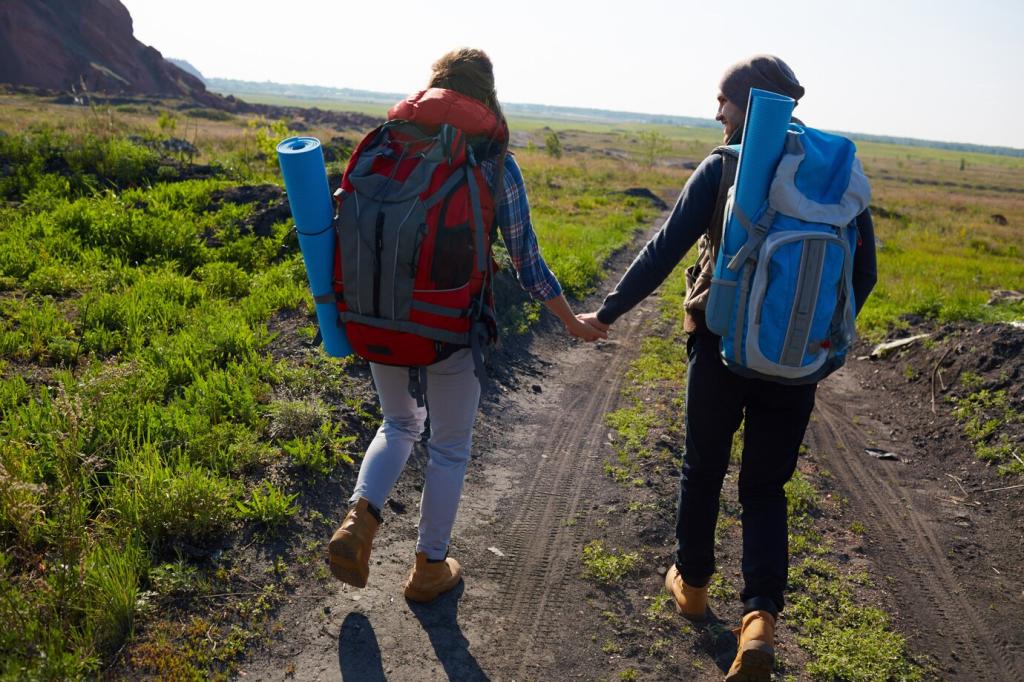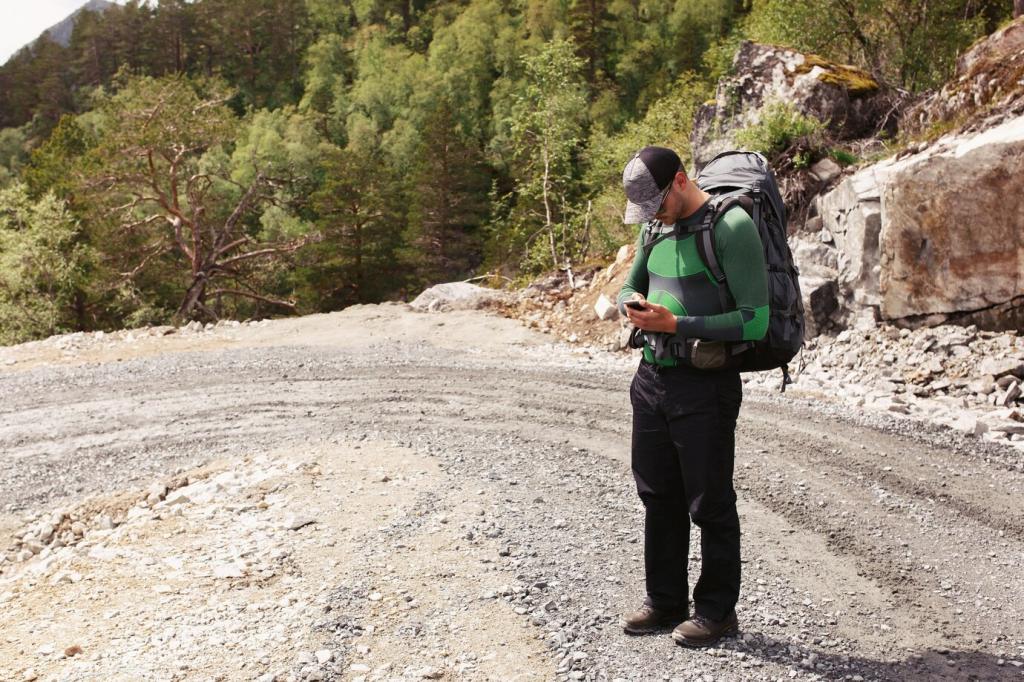Trail-Safe: Safety Tips for Multi-Day Hiking Expeditions
Theme chosen: Safety Tips for Multi-Day Hiking Expeditions. Welcome to your friendly, field-tested guide for staying safe across long trails, shifting weather, and unfamiliar terrain. Subscribe for weekly checklists, and share your safety wins or close calls to help others learn.

Pre-Trip Planning and Risk Assessment
01
Research the Route and Conditions
Study topographic maps, recent trip reports, and ranger advisories to forecast hazards before committing. Comment with your favorite research sources, and consider cross-checking forums against official notices to avoid outdated or risky information.
02
Permits, Weather Windows, and Seasonal Hazards
Secure required permits early, then monitor weather patterns daily for wind, precipitation, and temperature swings. Share your go-to forecast tools, and remember shoulder seasons can bring icy nights, swollen streams, and unexpected trail closures.
03
Personal Risk Profile and Turnaround Times
Define your red lines: maximum river depth, thunder proximity, and latest safe turnaround hour. Invite your group to agree beforehand, then write it down. Tell us a time those boundaries saved your trip from unnecessary danger.
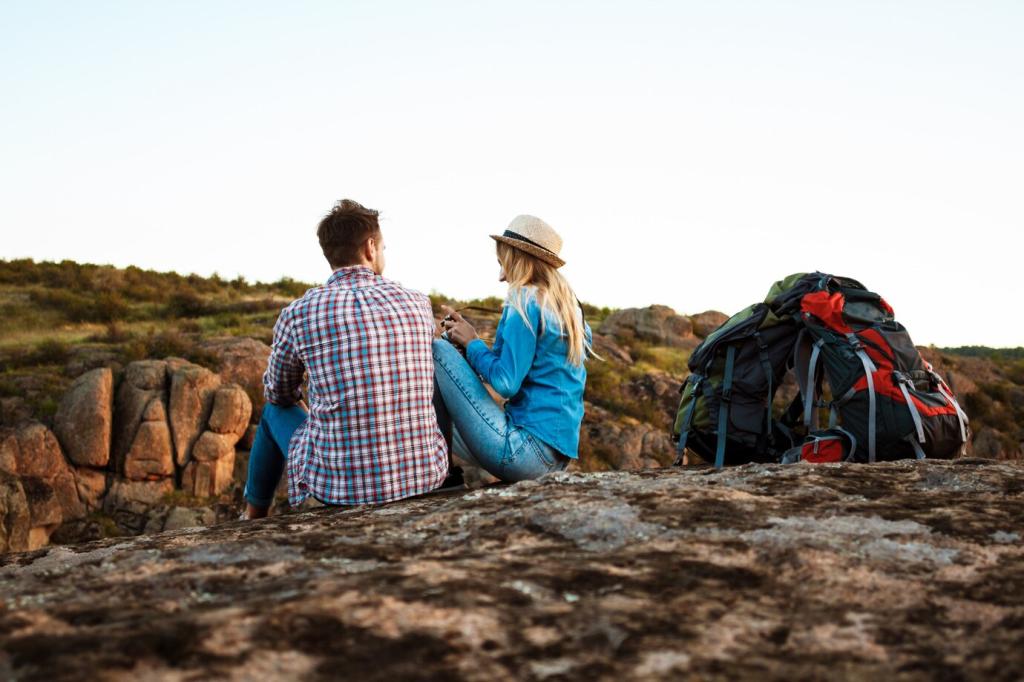
Navigation and Route-Finding Safety
Carry a paper map sealed in a waterproof pouch, a baseplate compass, and two independent digital navigation sources. Practice triangulation at home. What’s your backup if batteries die or satellites fail unexpectedly mid-ridge?
Water, Food, and Fuel Safety
Hydration Strategy and Water Treatment
Plan sources by map, not luck. Carry a filter plus chemical backup, and prehydrate at camp. Have you ever run low? Share how you rationed safely without risking dehydration or contamination.
Caloric Needs and Food Safety in Wildlife Country
Aim for consistent calories and electrolytes, not feast-famine cycles. Store food in bear canisters or approved hangs. Tell us your favorite high-calorie snacks that stay edible in heat, cold, and relentless jostling.
Stove Safety, Fuel Management, and Fire Restrictions
Use stoves on stable, clear surfaces far from tents. Track fuel consumption per meal and confirm local bans. Share a near-miss story that taught you to respect wind, flammable duff, and tipping pots.
Shelter, Clothing, and Thermal Management
Layering Systems Against Hypothermia and Heat Illness
Master base, mid, and shell layers. Vent early, avoid sweat-soaked chill, and protect from sun. What layering tweak saved your day—pit zips, sun hoodies, or a dry camp shirt reserved for sanctuary?
Sleep System Safety: R-Values and Site Selection
Match your sleeping bag and pad R-value to expected lows, not wishful thinking. Choose wind-sheltered, well-drained sites. Comment with your coldest night story and the gear combo that turned it around.
Rain, Wind, and Lightning Preparedness
Pitch low in wind, avoid high points during storms, and separate metal poles during lightning. Share your storm routine—where do you stash essentials so you can strike or hunker fast without panic?
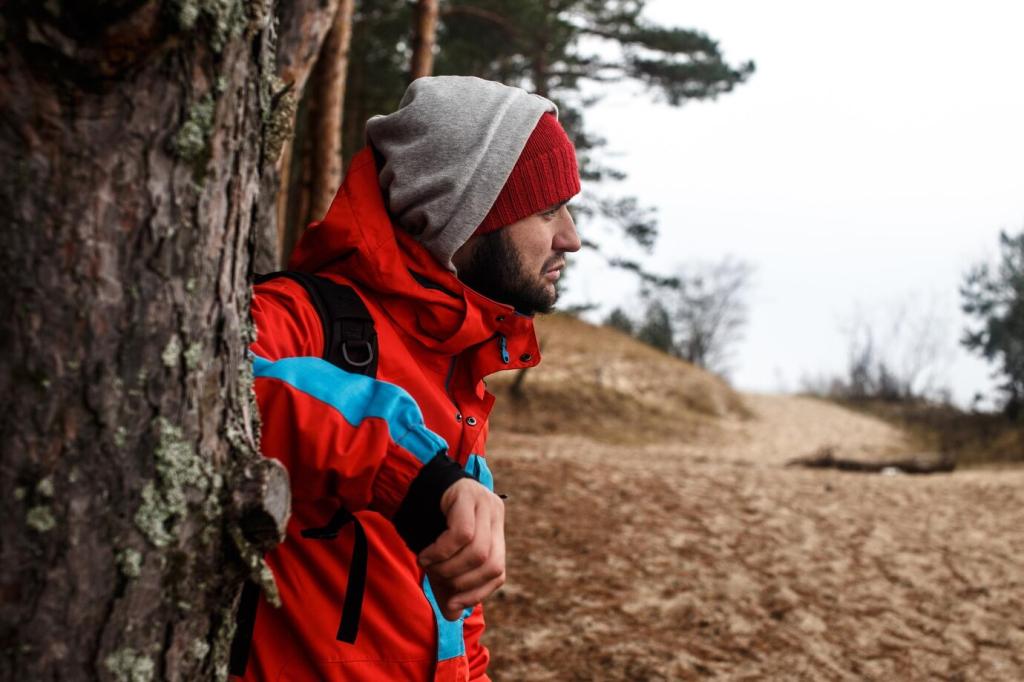
Build a Realistic First Aid Kit and Skills
Stock blister care, wound management, and meds you know how to use. Practice taping ankles and improvising splints. What course prepared you best—WFA or WFR? Encourage others by sharing your training experience.
Communication Devices and Check-In Protocols
Carry a PLB or satellite messenger with preset check-ins and clear escalation rules. Leave an itinerary with a trusted contact. What’s your message cadence, and how do you avoid false alarms under stress?
Evacuation Plans, Signals, and Roles
Agree who leads patient care, navigation, and communication. Review SOS signals, shelter-in-place thresholds, and exit routes. Tell us how you rehearse scenarios so real emergencies feel manageable, not chaotic.
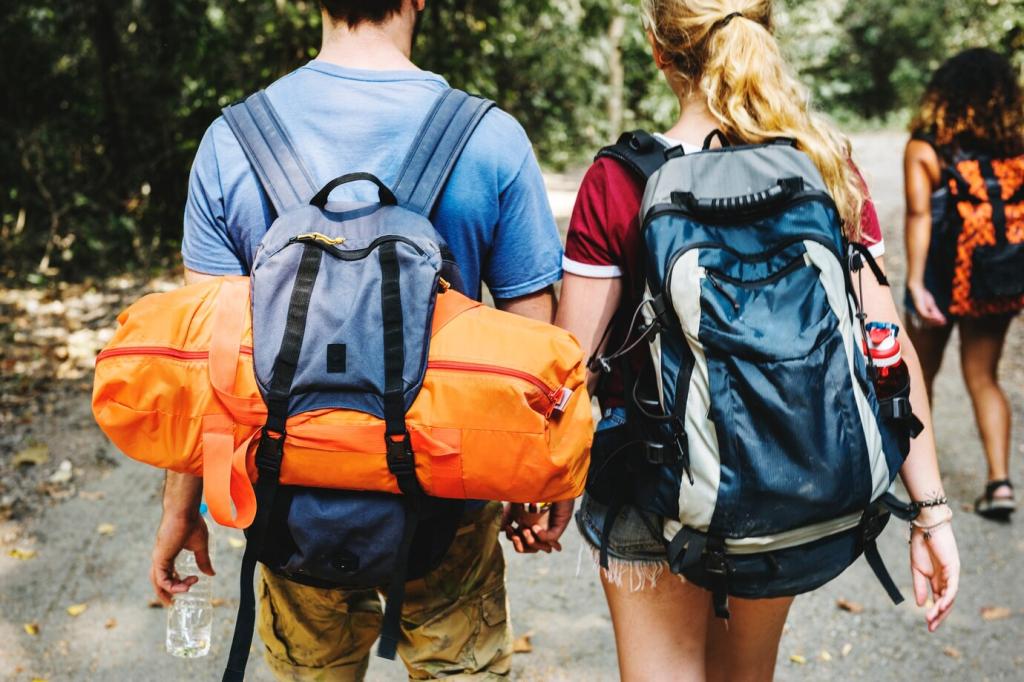
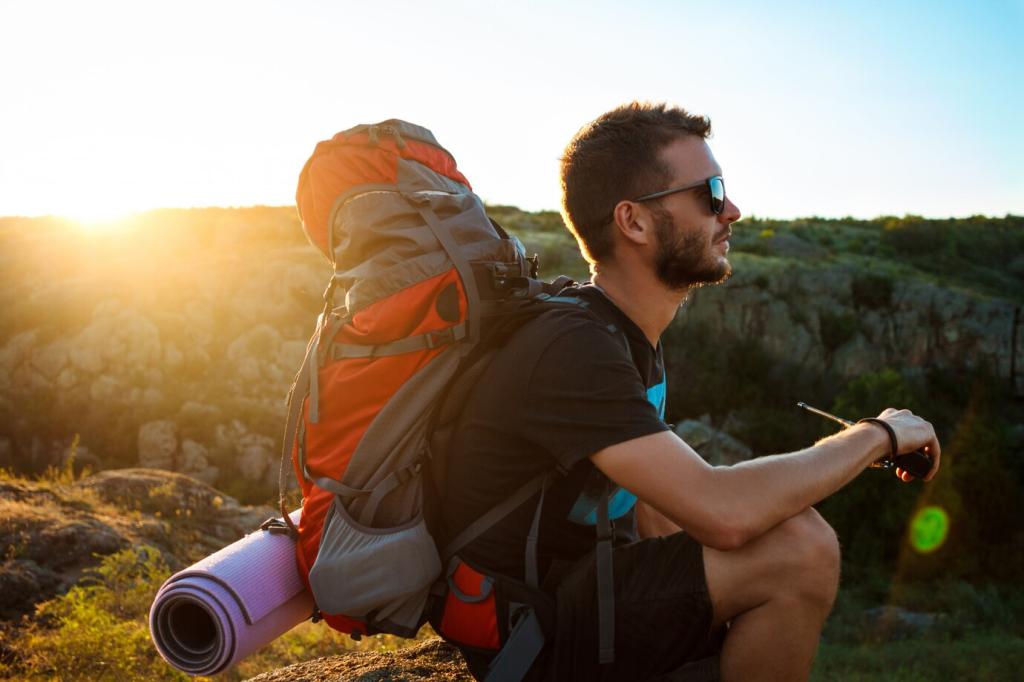
Cook downwind, store food properly, and keep camp clean. Carry bear spray where legal and know deployment steps. Share your respectful bear encounter and the habits that kept everyone safe and calm.

Watch hand and foot placements, wear gaiters in brush, and use permethrin-treated clothing. Do tick checks nightly. What repellents or routines truly work for you on multi-day routes through buggy valleys?
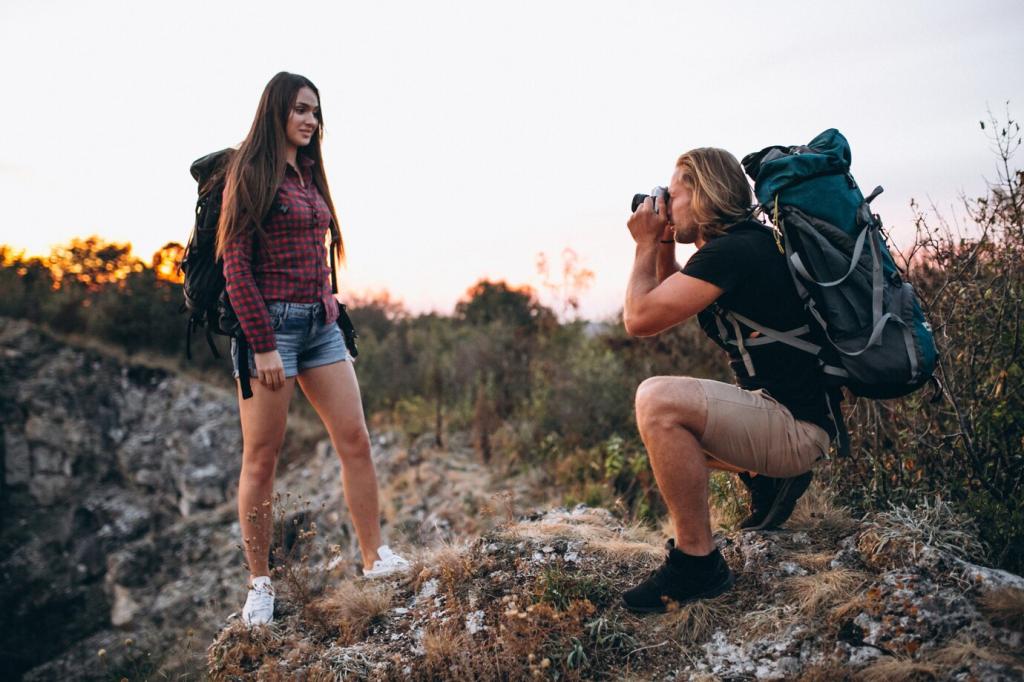
Unbuckle hip belts, probe depths, and cross early before meltwater surges. Test scree for movement. In snow zones, check avalanche forecasts. Share a cautious choice that prevented a sketchy crossing from escalating.
Group Dynamics and Mental Safety
Invite dissent, rotate tasks, and conduct quick debriefs. Normalize “I’m not sure” and “Let’s reassess.” Tell us how your group encourages honest feedback when weather turns or fatigue clouds judgment.

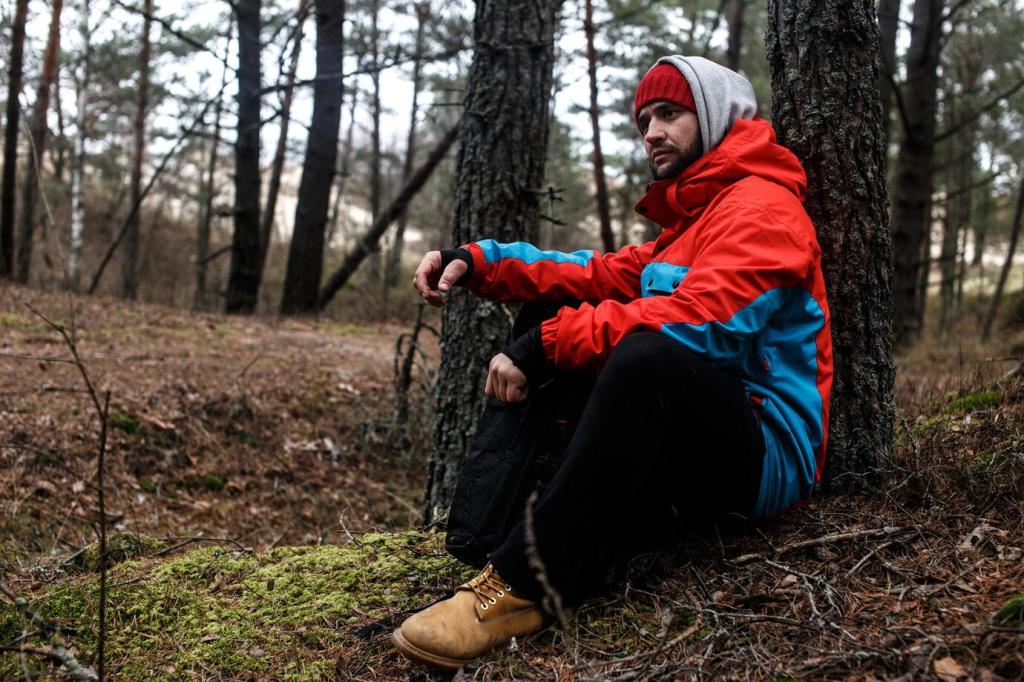
Group Dynamics and Mental Safety
Set a pace everyone can sustain, with snack, stretch, and hydration breaks. The strongest hiker can carry more, not demand speed. Share your favorite check signal to slow the group without drama.
Leave No Trace and Ethical Safety
Stay on durable surfaces, avoid shortcutting switchbacks, and manage waste responsibly. Fewer damaged trails mean fewer injuries. Post your favorite low-impact habit that also enhances safety and navigation clarity.
Leave No Trace and Ethical Safety
Choose established sites away from water, dispose of waste correctly, and pack out trash. Ethical camps are safer, cleaner, and calmer. What campsite criteria are nonnegotiable for you on long routes?
